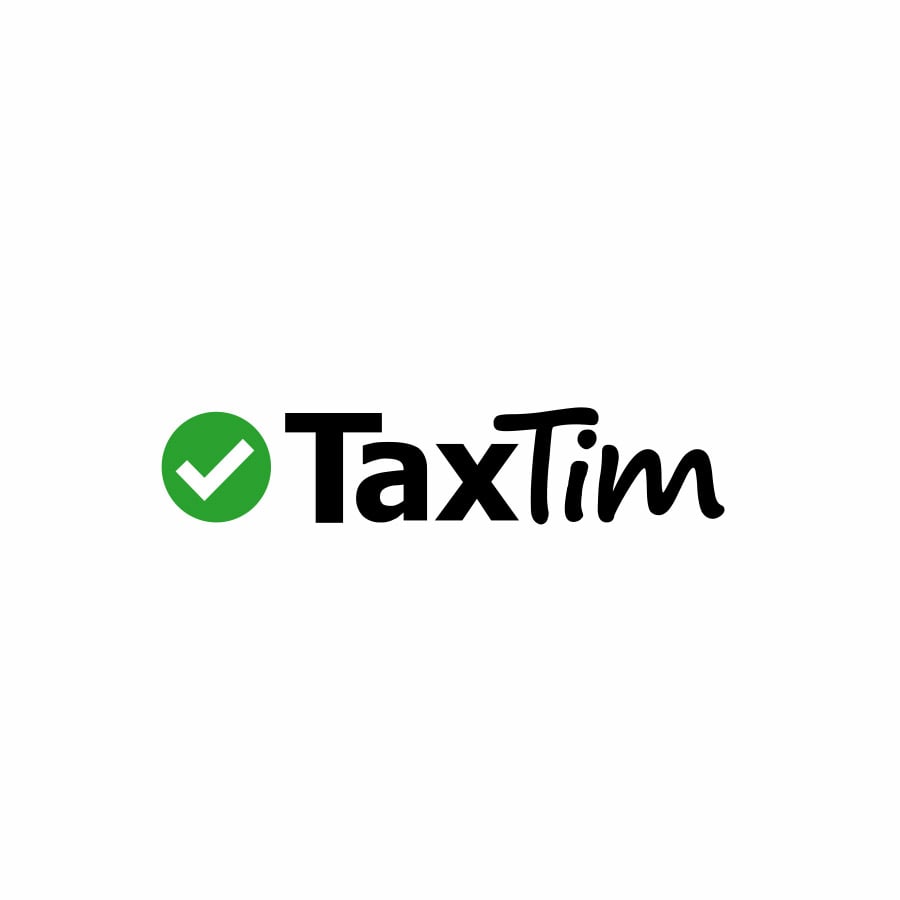
Investment goals: Defining your objectives
You have a goal for your money that says what you want to achieve with your money, whether that’s retirement, building your wealth or creating passive income etc. There are plenty of options for savings vehicles and investments to achieve those goals, but choosing the right ones are based on your investment strategy, which is guided by your investment objectives.
Before you decide on how you’re going to invest your money or structure a portfolio, you need to know what your investment objectives are as they provide the guidelines you’ll use for making investment decisions.
Defining investment objectives
Here’s what you need to consider when determining your investment objectives and finding the right balance to help you achieve your investment goals:
- Safety
How much risk are you comfortable with, and how much reward are you expecting?
‘Safer investments’ are considered predictable, with a set amount of or consistent growth and protection of your capital factored in. If you’re investing in something that has the potential to change (positively or negatively), you need to accept that it could go either way.
Furthermore, if you’re too risk averse, you risk missing out on opportunities and potentially bigger returns.
Your investment structure will reflect your risk tolerance and therefore guide whether you’re looking at shorter- or longer-term opportunities and how aggressive you want to be with your approach. - Income
How much can you afford to put in, and what is it that you want to get out and when?
You need to determine what type of growth you’re looking for. Certain assets provide the opportunity to guarantee a fixed income, and if you’re investing for your retirement, for example, you want something that will give you a steady and regular return. The type of investments will therefore be lower risk but need more time to appreciate. - Tax
How will it affect your tax, and are there any ways that you can benefit from more tax-efficient investing?
When you’re earning money on your investments, you’re responsible for paying tax, and it’s vital that you understand how you will be taxed as this can eat into your earnings. To maximise your investment returns, you want to structure the rate at which you invest, how much you invest and what you invest in based on how it will be influenced by tax.
Including tax-efficient vehicles in your investment structure, such as retirement funds and tax-free savings accounts, can help you minimise the tax burden on your income. - Access
Do your assets need to be liquid and accessible at any time, or are you okay with putting the money away for the long run?
If you can transform an asset into cash easily and quickly, there is less risk of loss, but if you need to access that money, it’s less likely that you’ll place it in a more aggressive or longer-term investment that could give you a larger return.


























